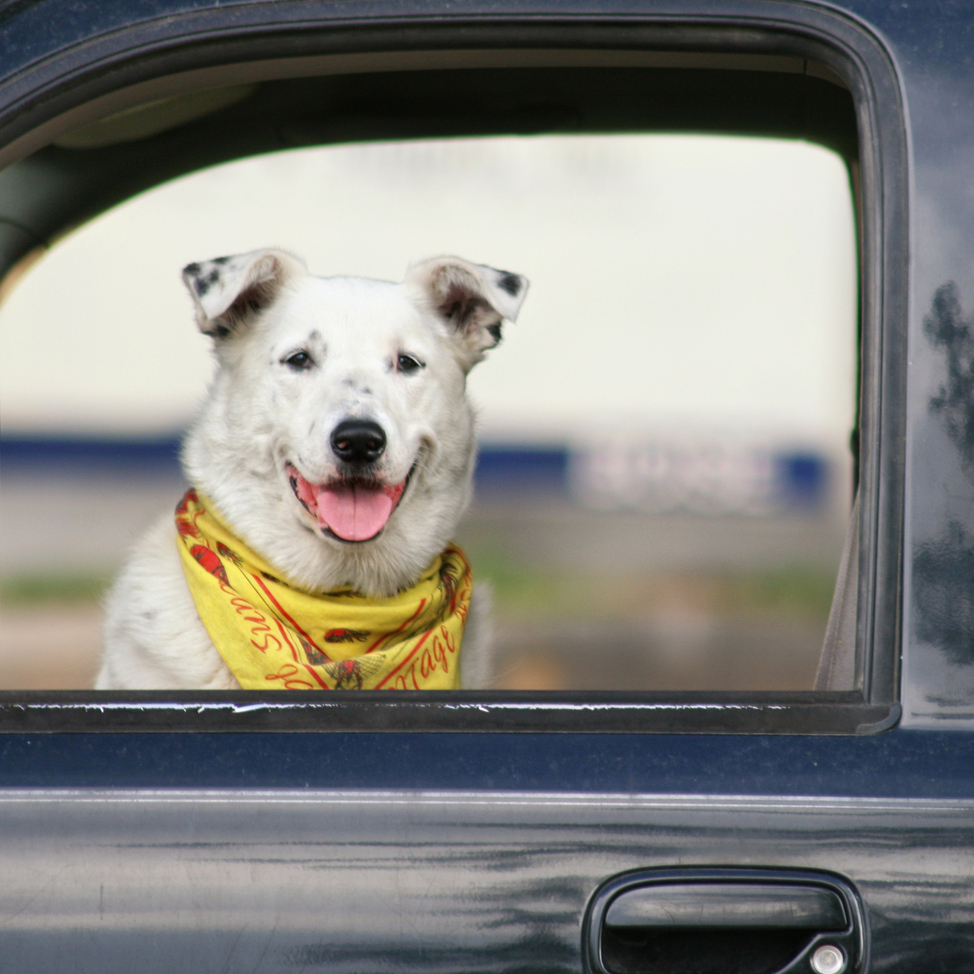As Dogtime.com reported in June, New Jersey is the first state in the country considering a pet seat belt law. Under the proposed legislation, owners who drive with their dogs or cats must either tuck them away in a carrier or clip them into a safety harness seat belt — or suffer the consequences, which could include anything from a $20 ticket to a $1,000 fine, a disorderly conduct charge, and up to six months in jail.
The pet seat belt law is the “pet project” of New Jersey Assemblywoman Grace Spencer (D-Essex), who was inspired to draft the legislation by fourth-grade students at a Newark charter school.
“People tend to treat their animals like members of the family,” Spencer said. “Why don’t we treat them like that when they’re in the car?”
With legislation like Spencer’s under consideration in New Jersey, it’s important to ask how these pet seat belts work, and if the current designs are effective in keeping our four-legged friends safe in the event of a crash.
Nonprofit research group Center for Pet Safety (CPS) conducted a pilot study that tested the effectiveness of several different automotive restraint harnesses for pets. Because mandatory pet seat-belt laws are only recently being considered across the nation, there are no federal standards that regulate pet seat belts — yet.
Using the Federal Motor Vehicle Safety Standard (FMVSS) 213, which is the gold standard for determining the safety of child restraint systems in vehicles, CPS researchers went to work testing how each type of pet seat belt system held up in crash tests. During this initial testing phase, the group used a 55-pound “crash-test doggy” model to represent dogs in the 50-85 pound range, which includes breeds like Boxers, German Shepherds, and Weimaraners, among others.
Slow-motion video taken during the study shows the canine crash dummy, buckled into several models of pet seat belts, as the dog careens forward and smashes into the car interior during controlled crashes.
What CPS found was alarming. None of the pet harnesses met the minimum safety standards in the pilot study — a failure rate of 100 percent.
According to the CPS website, some of the problems researchers discovered with current pet safety restraints included a low likelihood of survival for the restrained pet, a danger to the driver and other passengers “when the dog becomes a missile,” and the probability of choking when the pet seat belt materials “cinch tightly” during the crash.
CPS researchers did not reveal the brands of the harnesses in the study, but explain their goal is to work with current manufacturers in order to develop a pet seat-belt system that would meet safety standards for drivers, passengers, and pets — standards that have not yet been developed.
“Manufacturers are not ignoring safety standards,” CPS writes. “There simply are no existing standards in place.”
After a AAA survey revealed that 1 in 3 dog owners admit to being distracted by their dogs while driving, and 2 in 3 say they have engaged in distracting activities with their pooches, perhaps the best benefit of using a seat belt harness for your dog is it keeps Fido from jumping into the front seat — a distraction that is a common cause of car accidents when driving with pets.
“There are an increasing number of reported accidents where a pet distracting the driver is being cited as the cause,” American Pet Products Association President Bob Vetere said in a statement for the TODAY Show. “A pet restraint that merely limits a pet’s access and distraction to the driver and limits its motion in the event of an accident is still an improvement over no restraint.”
Sources: Video.TODAY.MSNBC.MSN.com, HuffingtonPost.com, CenterforPetSafety.org









